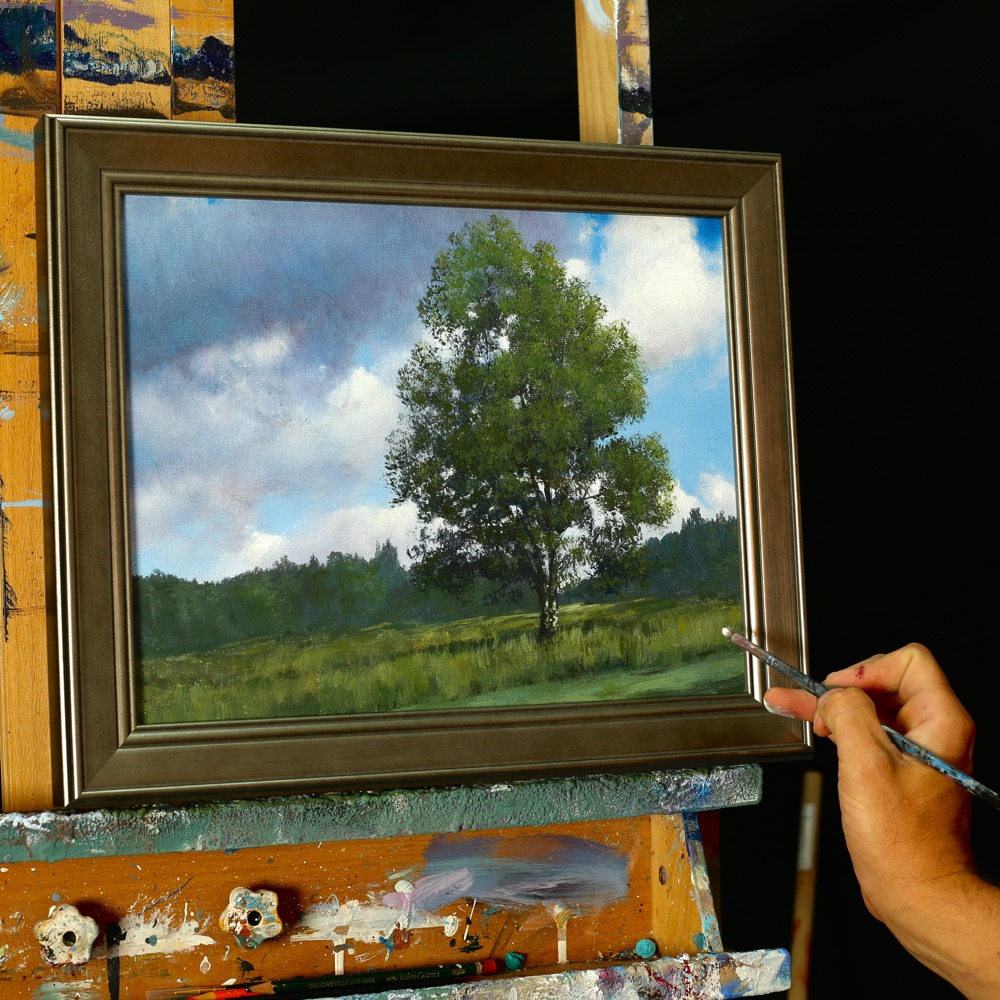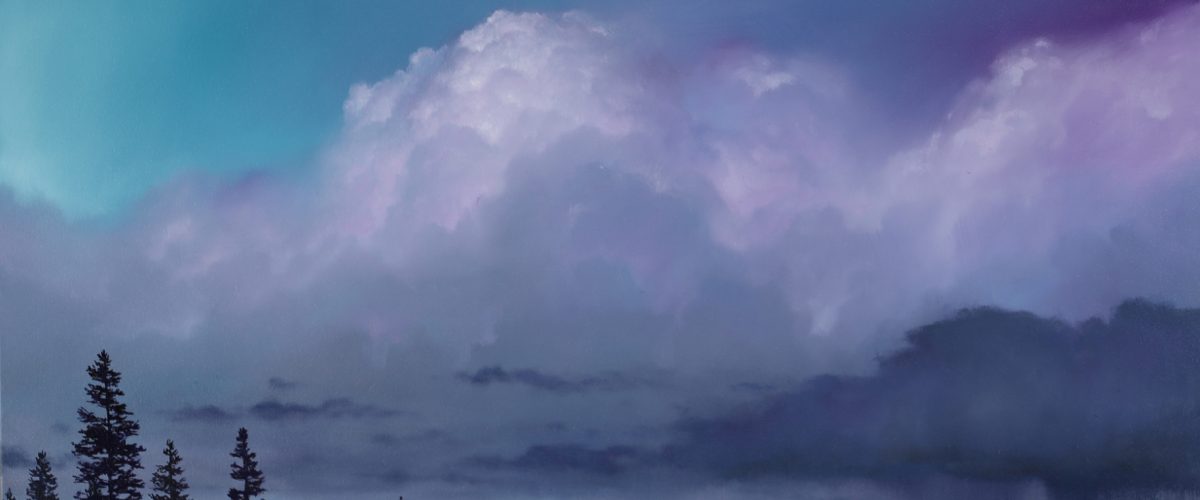Watch this video that relates to this article:
Oil painting is a popular medium among artists due to its ability to create rich, luminous colors. However, one of the challenges of oil painting is controlling the drying time of the paint. A fat over lean medium can help regulate the drying time and prevent cracking in the paint.
A fat over lean medium is created by mixing linseed oil and odorless mineral spirits. The idea behind the fat over lean principle is that each layer of paint should have more oil in it than the previous one. This allows each layer to dry at the same rate, preventing cracking or other damage to the paint.
Here are the steps to create a fat over lean medium for oil painting:
Gather materials: You will need linseed oil, odorless mineral spirits, and a mixing container.
Mix the linseed oil and mineral spirits: Start by mixing equal parts of linseed oil and mineral spirits in the mixing container. Stir the mixture until it is well combined.
Adjust the consistency: Depending on your personal preference, you may want to add more linseed oil or mineral spirits to the mixture to make it thicker or thinner. A thicker medium will produce a more opaque paint, while a thinner medium will result in a more transparent paint.
Store the medium: Store the medium in an airtight container, away from light and heat. Be sure to label the container so you know what is inside.
Use the medium: When you are ready to start painting, mix a small amount of the medium into your paint to make it more fluid. Then, follow the fat over lean principle by applying each successive layer with a higher concentration of oil.
By following these steps, you can create a fat over lean medium that will help regulate the drying time of your oil paint, preventing cracking and other damage to your paintings.
CLICK HERE TO JOIN THE MEMBERSHIP PROGRAM – GET HUNDREDS OF PAINTING LESSONS INSTANTLY – CLICK HERE


